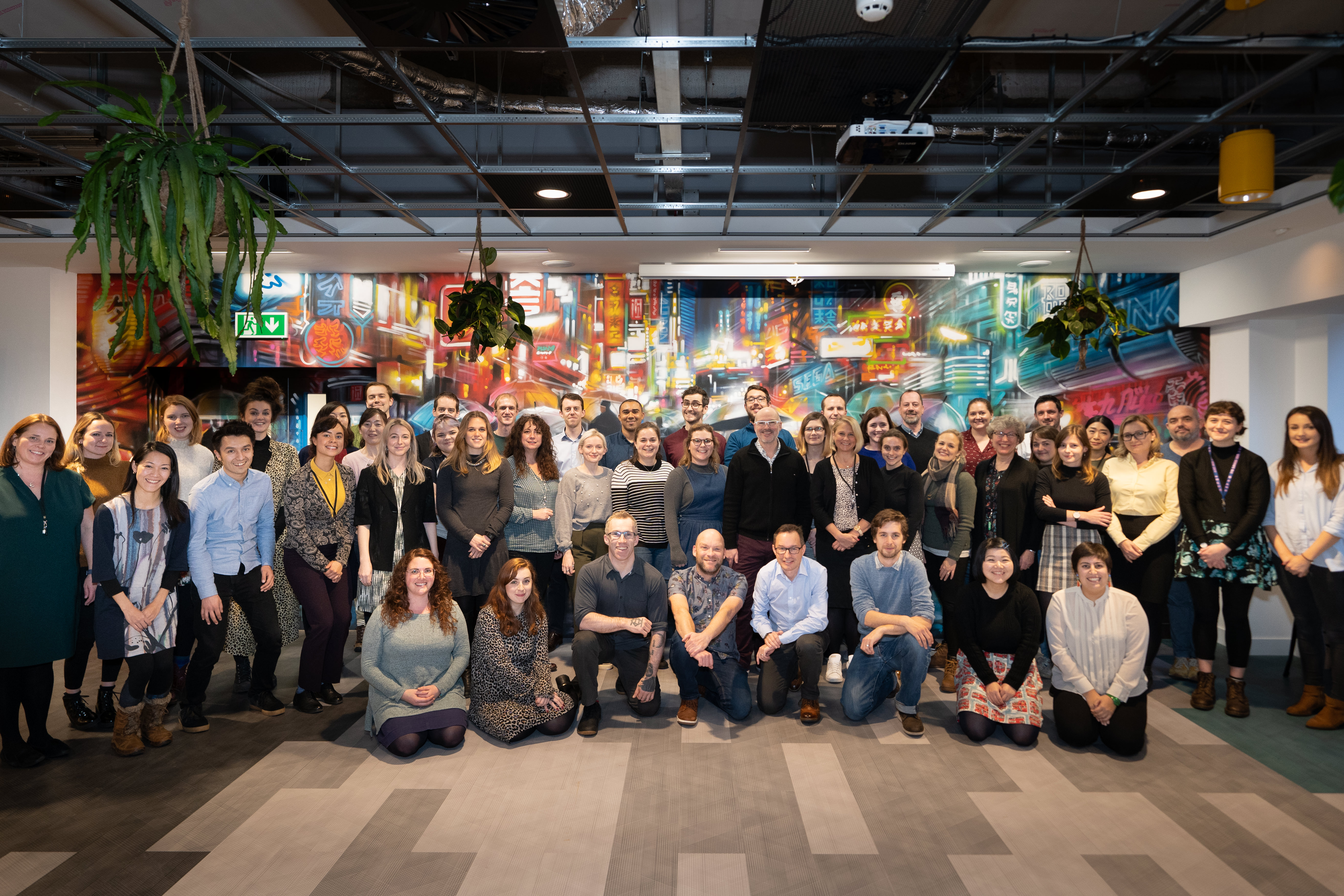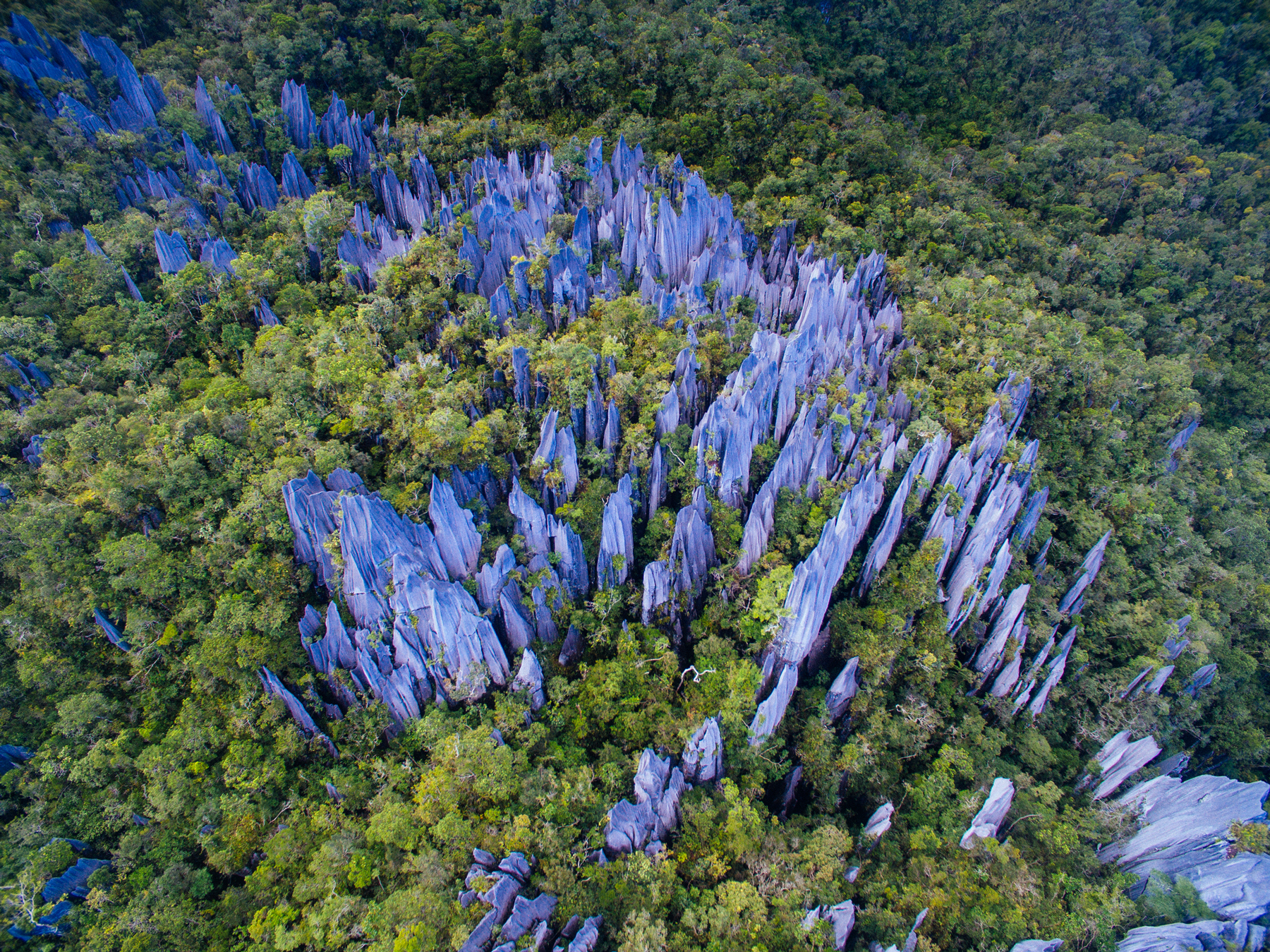
Our lowdown on Borneo
Why visit Borneo? This is what we love about the country.
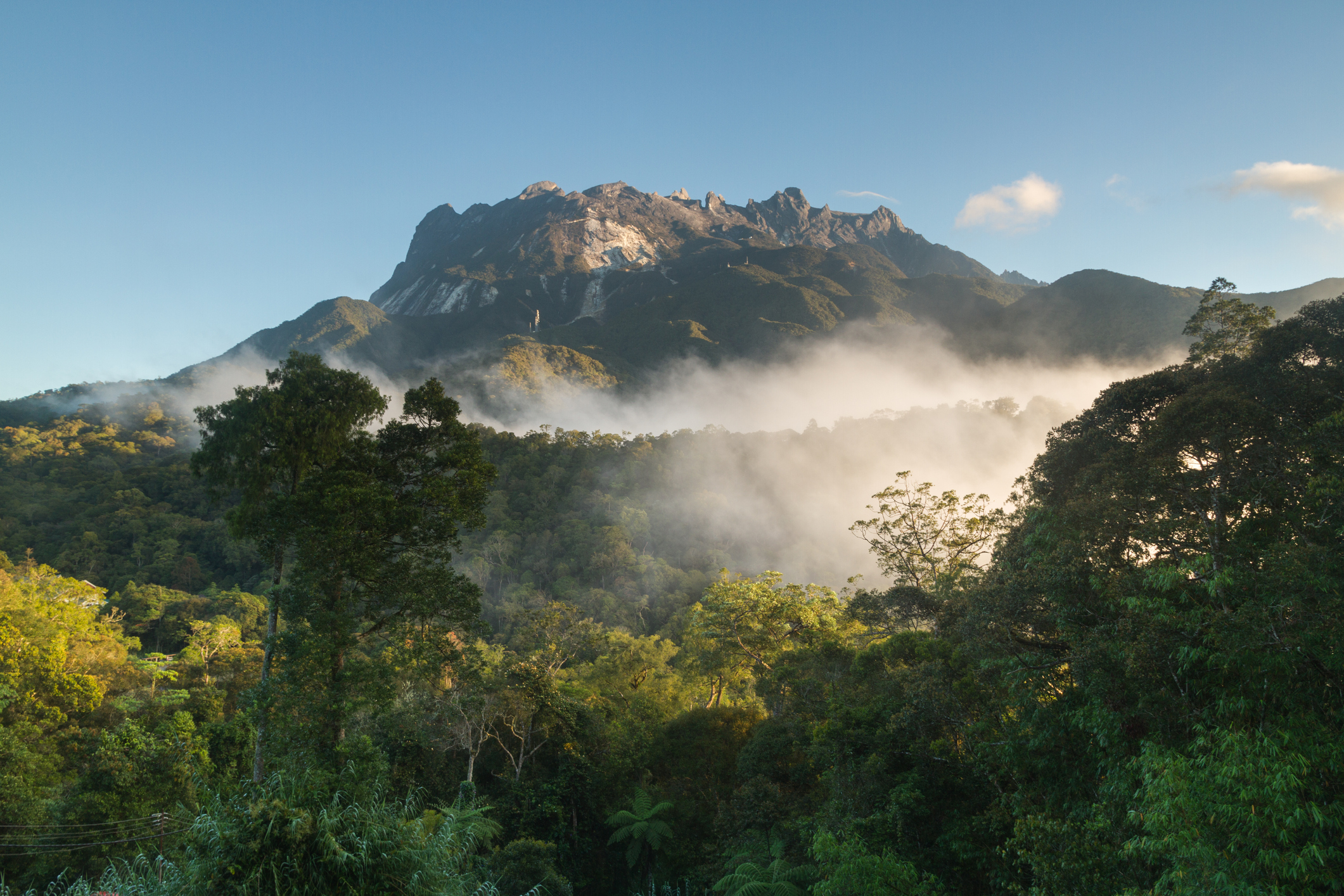
When David Attenborough wrote about climbing Mount Kinabalu in 1970, he described looking out from Southeast Asia’s highest summit over an island of rugged peaks blanketed in hazy-green jungle as far as the eye could see. Within it lived untold thousands of species, many of them unknown to science, hidden in great tracts of dark, impenetrable rainforest that had stood unexplored by man since the time of the dinosaurs. Also living within those trees were indigenous tribes uncontacted by the modern world, for whom centuries of human progress had passed by completely unnoticed.
That was then. But what of Borneo now? What has changed in the 50 years since Attenborough first visited, and what can you expect from a visit to the world’s largest island in the 21st century?
Today, the island of Borneo is shared between three countries, still partitioned along roughly the same boundaries drawn out by the colonial British and Dutch in 1824.
About three quarters belongs to Indonesia, about a quarter to Malaysia, and a minuscule postage-stamp on the northern coast constitutes the whole state of Brunei.
Within these territories, there are no longer any uncontacted tribes. Indigenous people now live in concrete longhouses with televisions and satellite dishes — and that’s not the only thing that’s changed. In the 1980s, Borneo saw deforestation at a pace never before seen on Earth, and it has lost more than half of its rainforests in the past half a century. Fly over the island today and you won’t see the vast, unbroken swathes of forest that Attenborough described, but pockets of wilderness amid seas of regimented palm oil plantations. It’s a sobering sight, and it should concern us all.
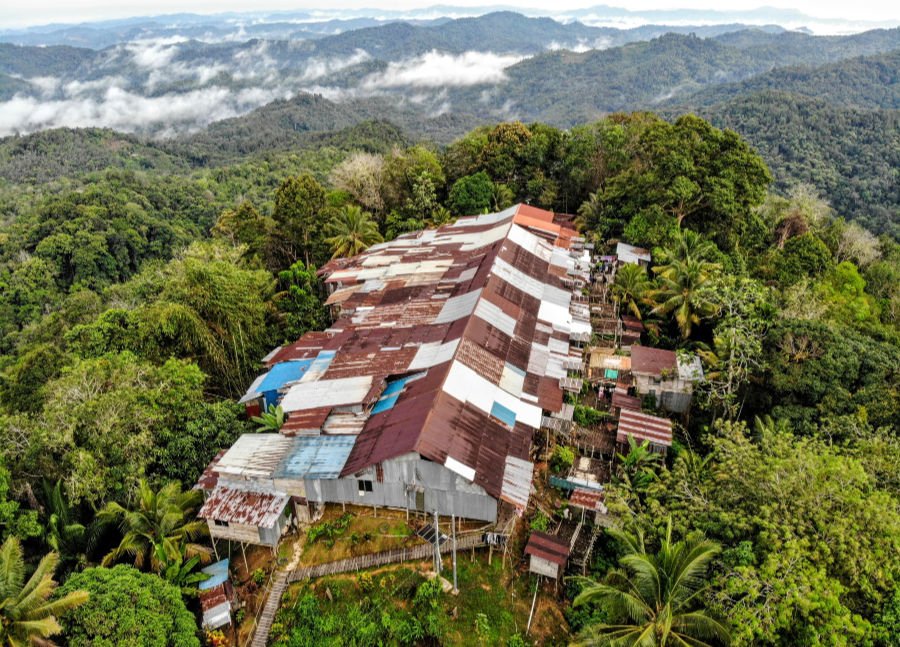
But while a lot has changed in Borneo, much has not. It’s still possible to stand in rainforest older than any other habitat on Earth and imagine that millennia of world history had never happened. You can still hike to the top of Mount Kinabalu, passing through ecosystems with more species than Europe and North America combined. People like the Iban and Murut still choose to live in communal longhouses, with up to 30 families beneath one roof, and there are still huge stretches of jungle as yet unexplored by man. In short, what makes Borneo so special is still here, but it’s shrinking — and time is running out to halt its decline.
Tourism hasn’t always been a force for good in the world, but it’s now absolutely integral in the fight to save Borneo’s wildlife.
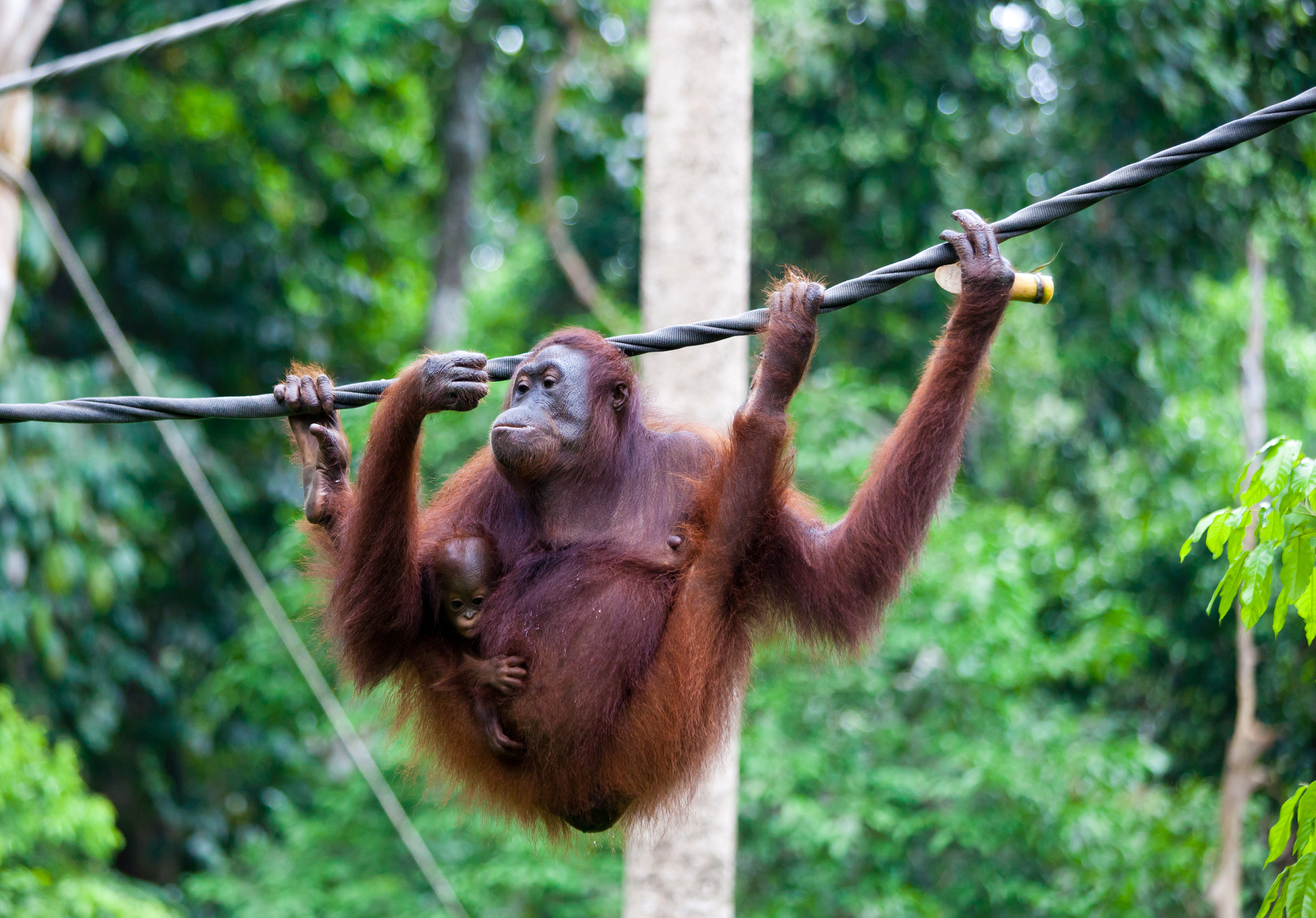
For local communities, sustainable tourism initiatives are often the only financially viable alternative to logging, poaching or plantation-building, providing the only source of income that doesn’t depend on the destruction of the island’s forests. Eco-lodges, longhouse stays, hiking expeditions and wildlife safaris: these initiatives aren’t just important for Borneo’s survival — they’re among the most unforgettable travel experiences you can have anywhere in the world.
You see, not all of the changes in Borneo over the past half a century have been bad. Not that long ago, you wouldn’t have found canopy walks, nocturnal wildlife-spotting tours and remote, riverside lodges welcoming visitors into the jungle. You wouldn’t have found Dayak people running community-based tourism initiatives, preserving their traditional way of life by sharing their cultural heritage. Nor would you have found luxurious ecolodges driving conservation in the deepest, darkest depths of the rainforest. Where Borneo was once the preserve of upper-class explorers and wildlife documentarians, now it’s accessible to almost anyone, and sustainable tourism is at the forefront of conservation efforts.
Thanks to projects like these, you can hike along remote trails in the Maliau Basin, beneath jungle canopy so dense the sunlight barely penetrates, seeking out monstrous “corpse flowers” and carnivorous pitcher plants as long as your arm. On a cruise along the Kinabatangan River, you can see pygmy elephants with their tails dragging along the ground, six-foot crocodiles lurking in the water beneath you, and massive snakes dangling from the tree branches above. You can rough it in jungle camps days’ journey from civilisation, or sequester yourself in luxury at a remote and exclusive eco-resort. You can visit sanctuaries fighting to protect orangutans and sun bears to see these magnificent animals up close, or head out under cover of darkness to seek out nocturnal creatures as they emerge to hunt and forage.
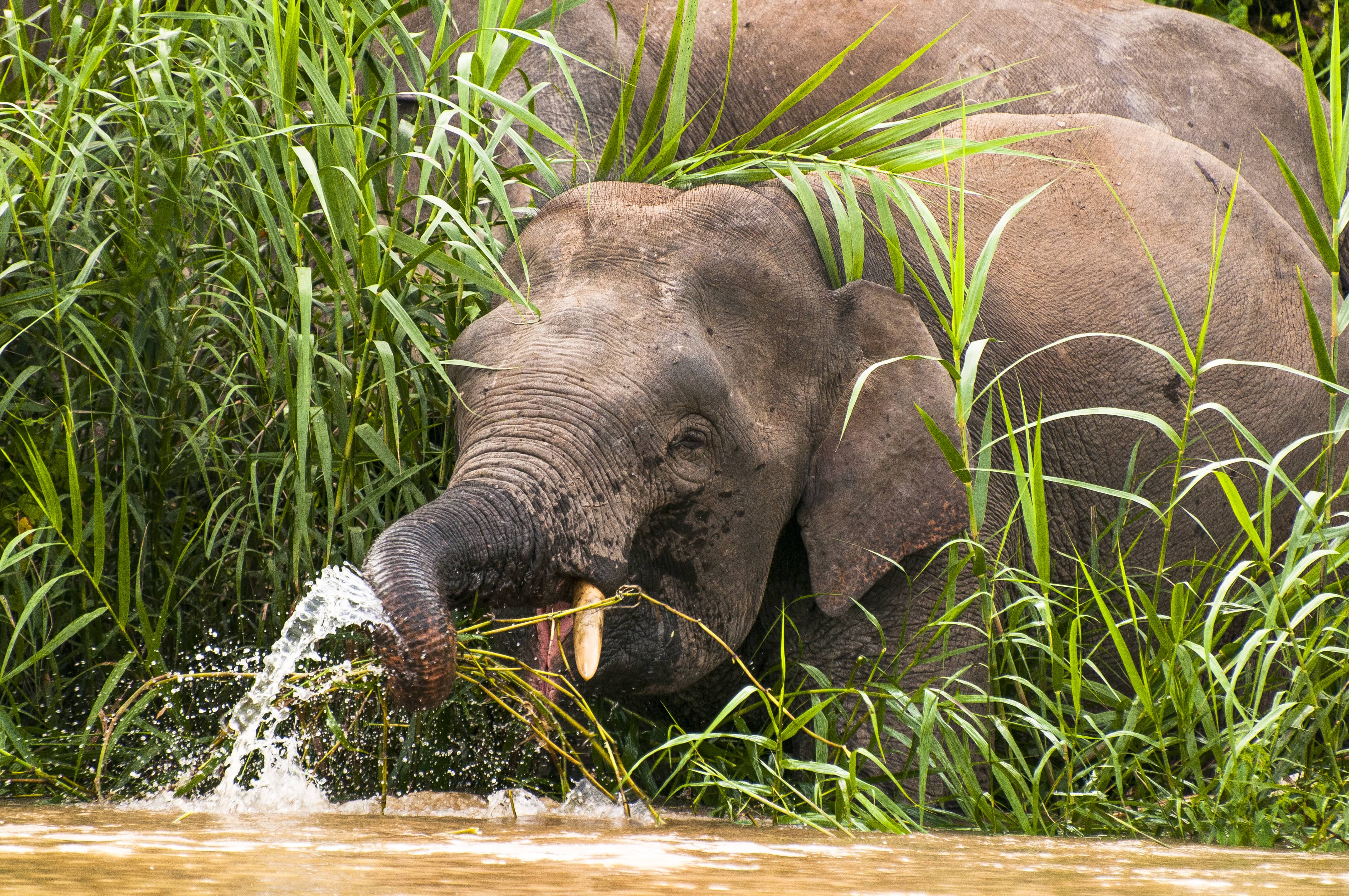
It’s difficult to describe how it feels to experience the Bornean rainforest, because it simply doesn’t feel like anything else in the world.
Deep, tangled and impossible to know, the atmosphere presses in close and dark. Until you get there, it’s easy to forget that the rainforest can be cruel and terrifying as well as wonderful. How many people in history have walked into those trees, never to walk back out again? Needless to say, a good guide is imperative. This is real, untamed wilderness, and it demands respect.
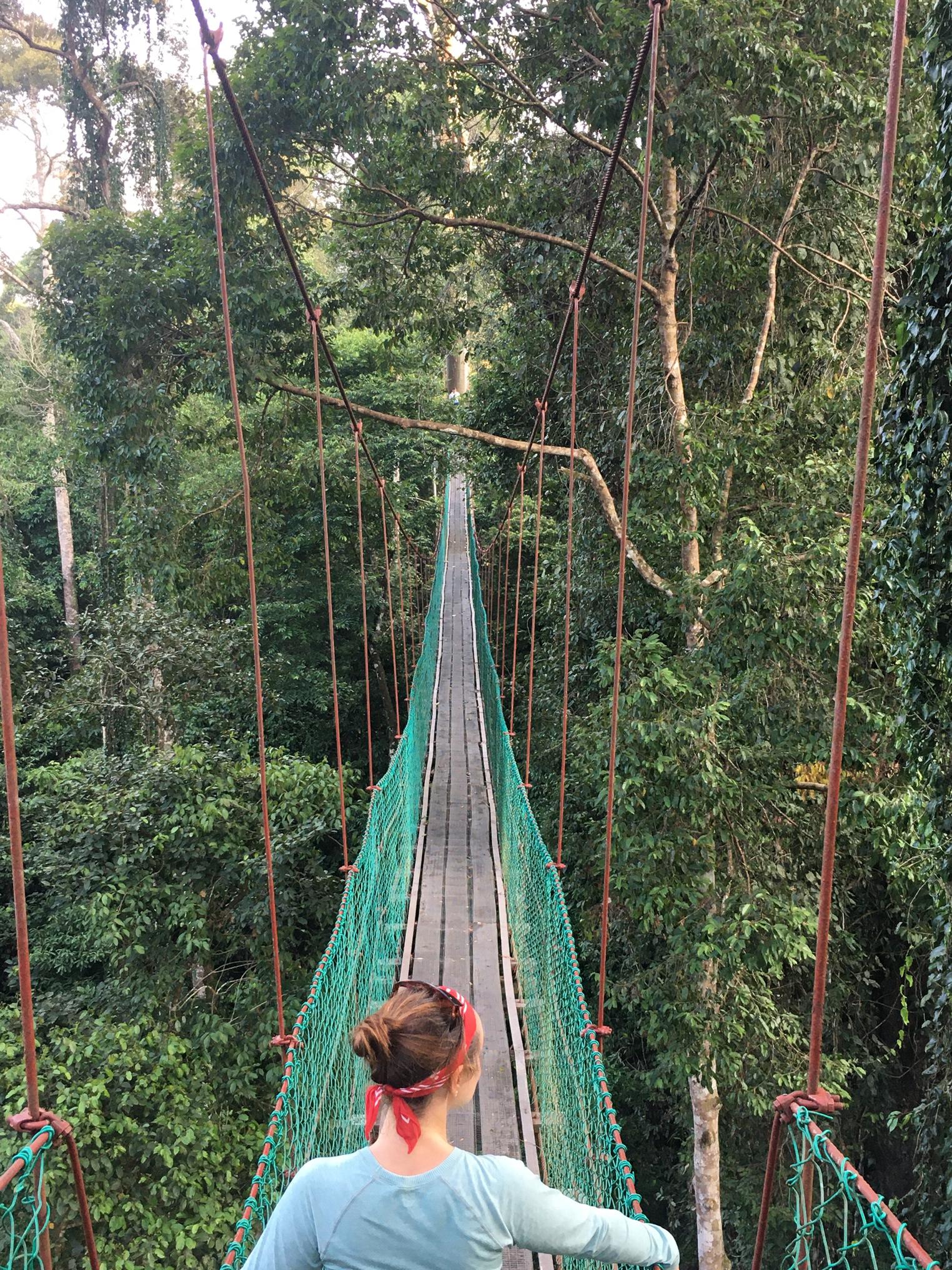
It’s not peaceful, either. Forget tranquil glades and gentle birdsong: the jungle is a seething mass of life, and its soundtrack can be deafening. Buzzing, hissing, hooting, screeching, chirping, whistling — the forest doesn’t sleep, and it’ll do its best to make sure you don’t either. You’ll be bitten by mosquitoes and latched onto by leeches. You’ll be hot, sweaty and dirty, and if you want to stand a chance of seeing the rainforest’s most interesting inhabitants, you’ll be up at all hours of the day and night. You’ll find centipedes in your backpack and spiders in your tent. All of this is the price you pay for some of the most magical experiences the natural world has to offer.
Borneo’s forests harbour a simply staggering number of species.
According to the WWF, even after 150 years of scientific study, about three new species are still discovered every month in the Heart of Borneo (the 220,000 square kilometres of virgin rainforest spanning Sabah and parts of Kalimantan). In just the past few years alone, these have included a colour-changing flying frog, a metre-long stick insect, and the world’s first lungless frog: alien creatures that would seem more at home in fantasy than reality. And with great tracts of unexplored forest still yet to be catalogued, who knows what could be found next? In a world where you can scour the globe on Google Maps and fly anywhere in under 24 hours, the existence of such places — so unknown and unknowable — still has the power to boggle the mind.
Nobody comes to Borneo without a desire to experience its rainforests — but once here, many are surprised by how much more there is to discover.
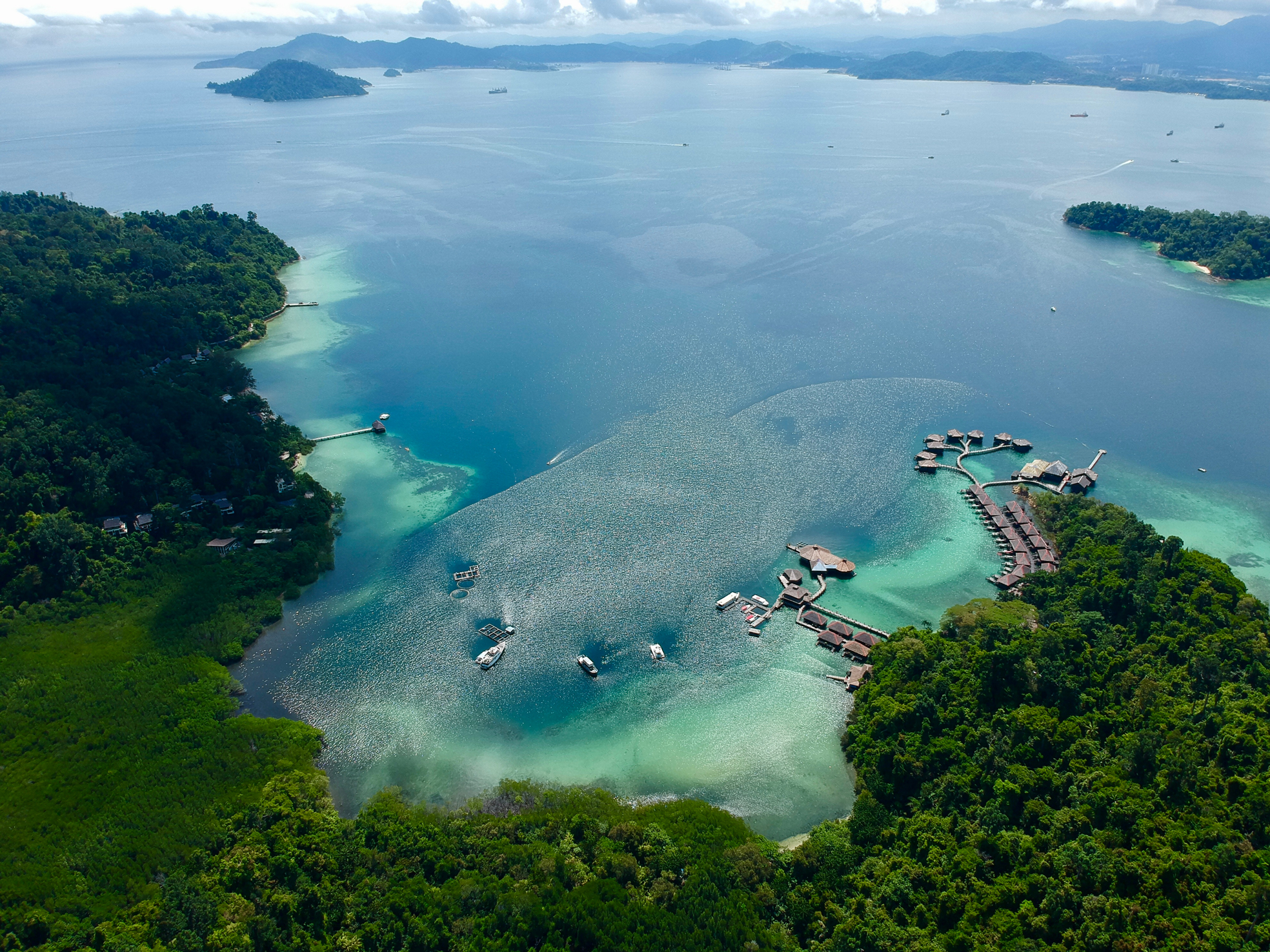
There are pristine beaches to rival any in the Maldives or Thailand, with soft white sand, palm trees, and wonderful beachside resorts. There’s spectacular cuisine, where indigenous dishes such as pineapple curry and midin jungle fern are embraced alongside nipah palm ice cream, gourmet blended coffee and acid-bright layer cake. There are coral reefs more spectacular and diverse than anywhere else on the planet. There are old colonial cities that feel like Paris in the tropics, where British-era fortresses stand beside Chinese temples and striking modern Islamic architecture.
We love Asia in all its wonderful permutations, but there’s something really, truly special about Borneo. Few places take hold of the imagination in quite the same way. Incalculably ancient and deeply mysterious, it feels more alive than almost anywhere else in the world, more important than anything humans have ever built, and more unknowable than outer space. We don’t know about you, but we’re going to do everything we possibly can to keep it that way.
